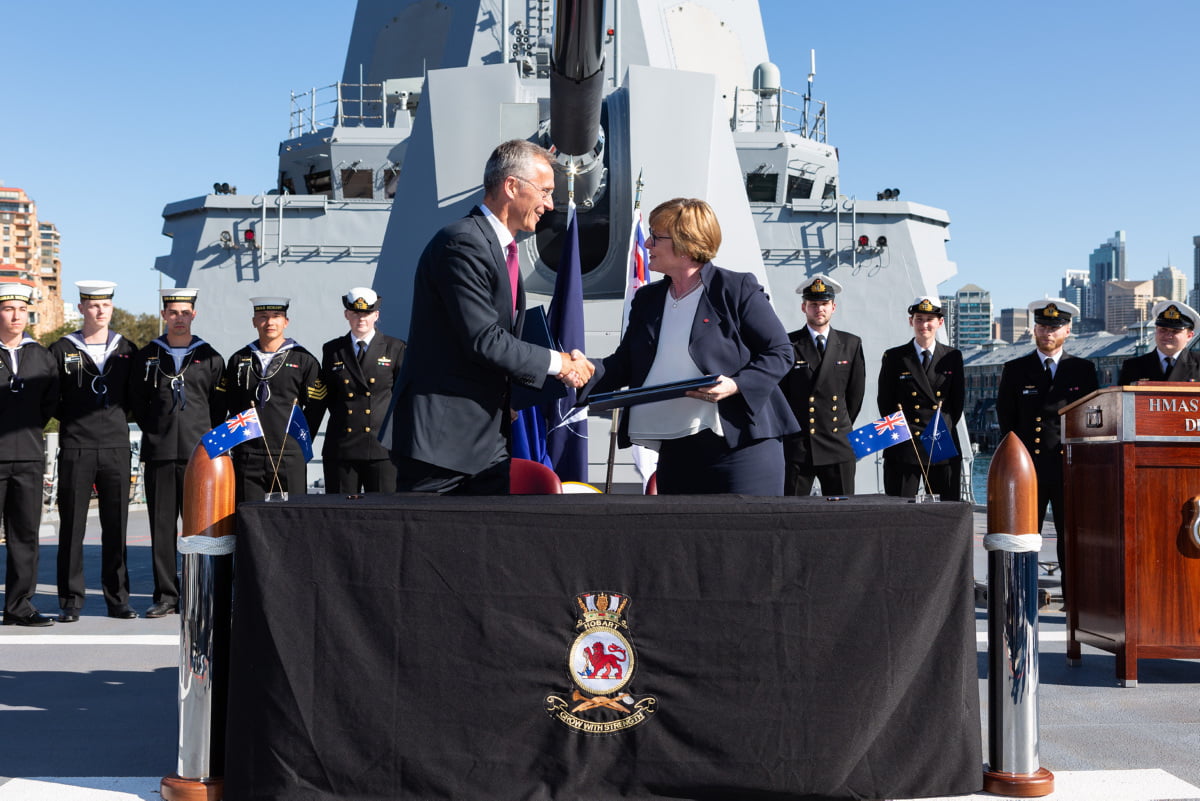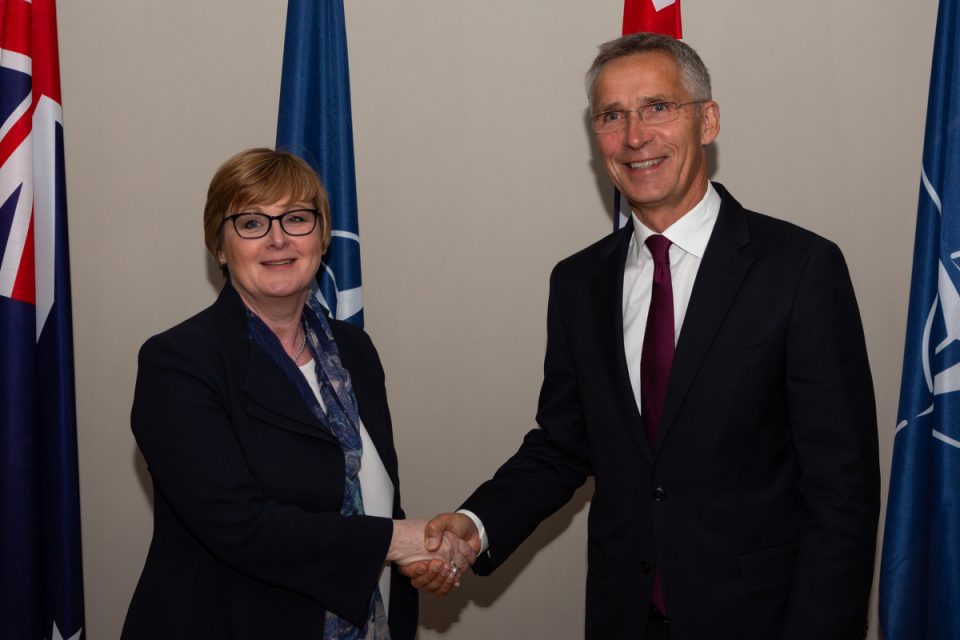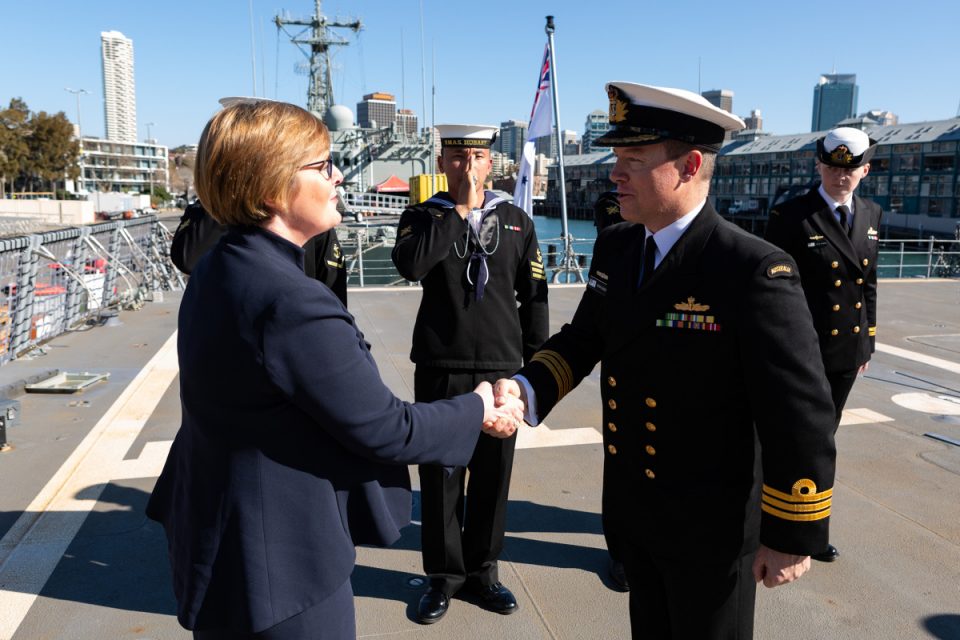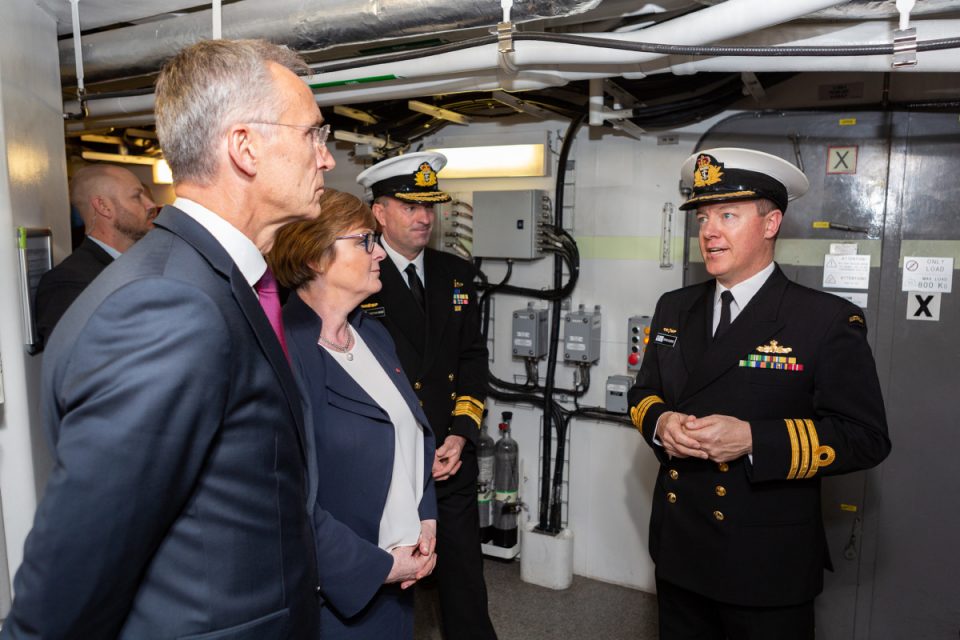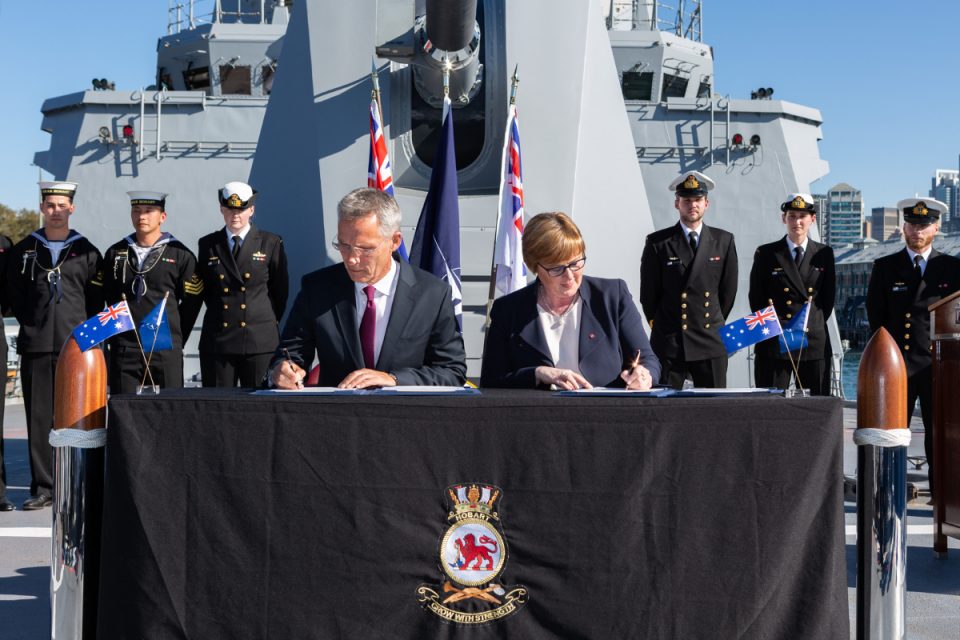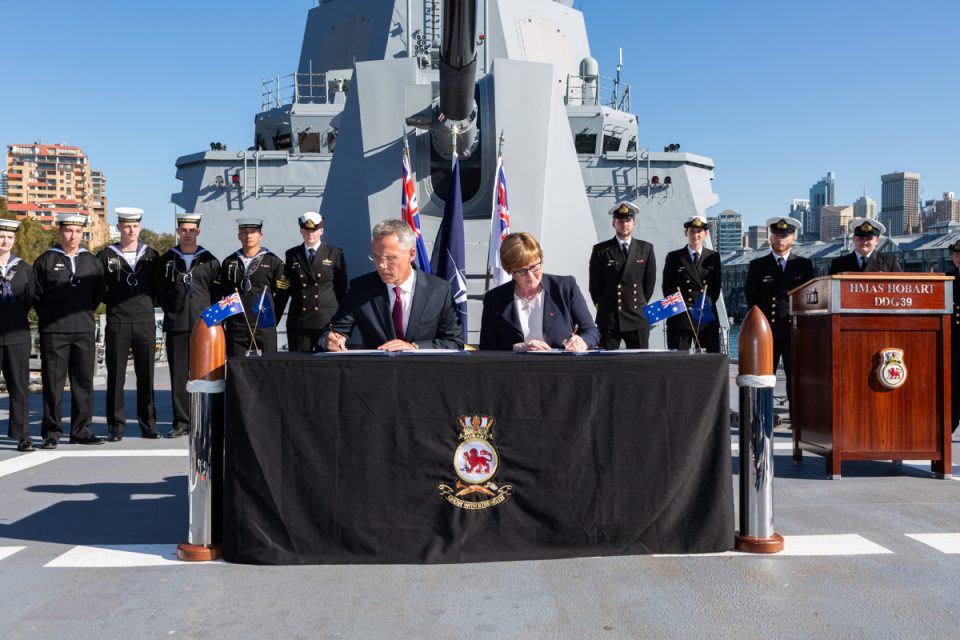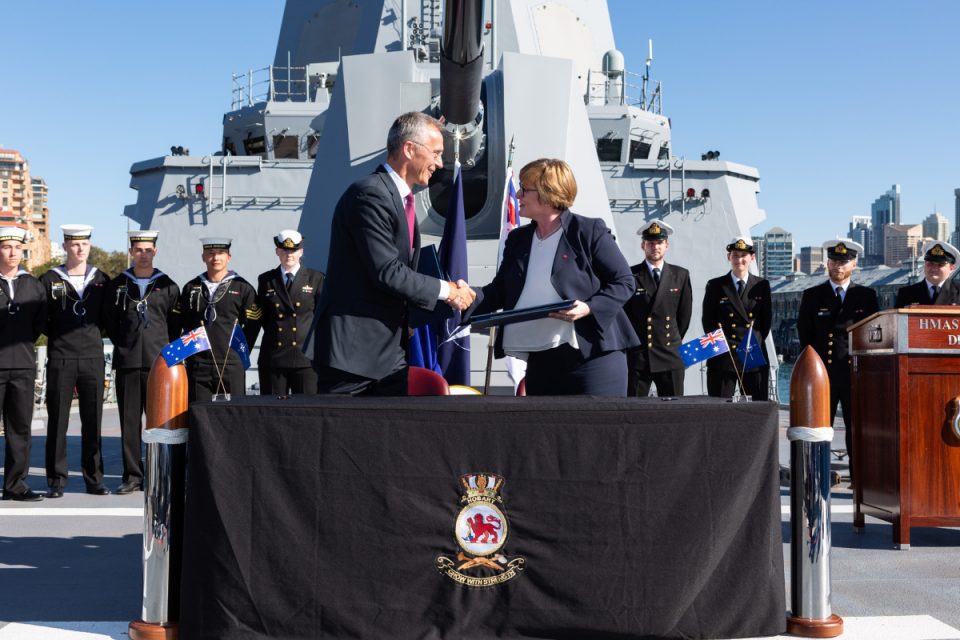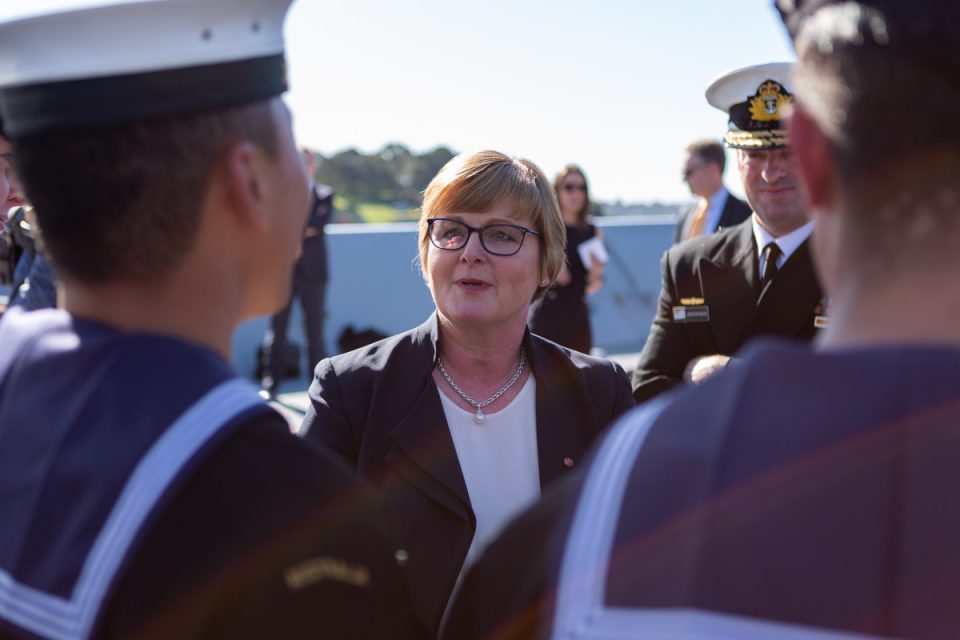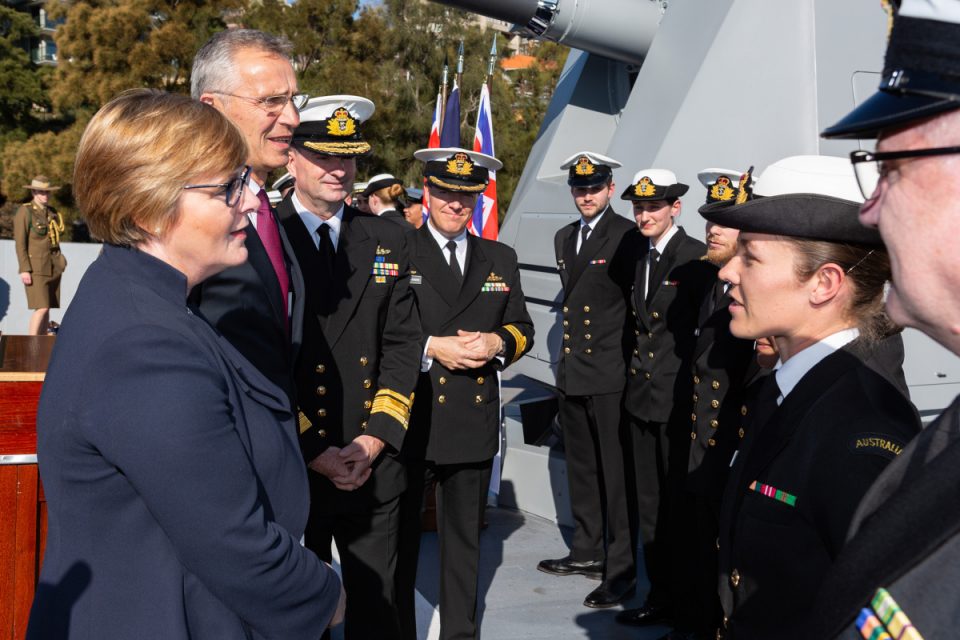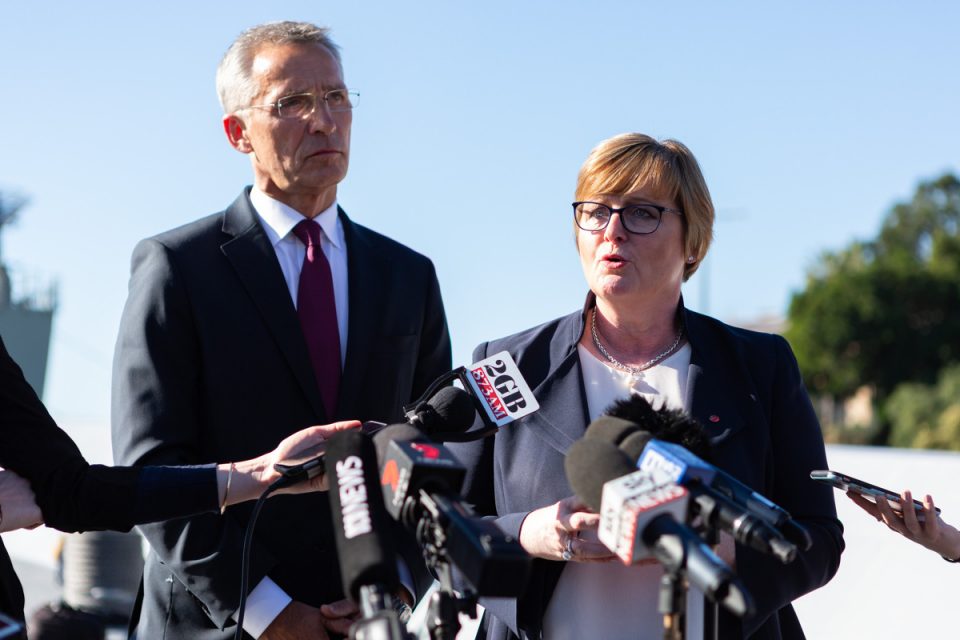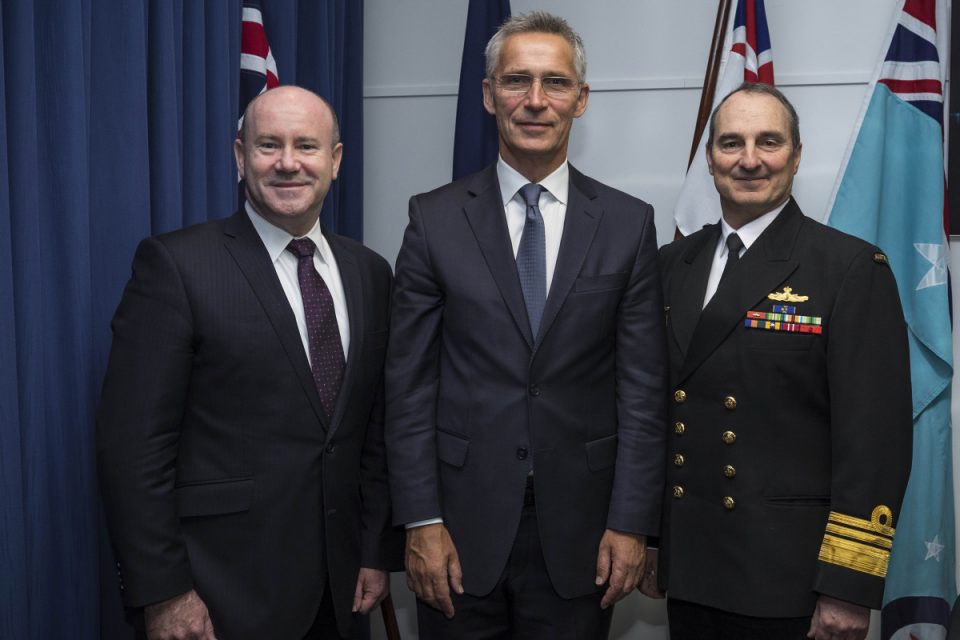Recently, the Secretary General of NATO visited Australia.
The visit followed one by the US Secretaries of Defense and of State.
Australia has expanded its reach with its new air and maritime capabilities and has been involved significantly in participating in alliance activities dealing with global threats.
They are also increasingly focused on the direct defense of Australia and the kind of military capabilities required for this core defense activity.
What the broader engagement means will be defined by future developments and actions.
But one aspect is very clear — Australia is both influencing the evolution of political-military capabilities in the defense reset in Europe as well as broadening its alliance relationships beyond that of the United States itself.
With both Britain and France, Australia is working a rebuild of its maritime capabilities, for example.
And the United States under President Trump is clearly working to rebuild the US military in ways to make it more effective in dealing with conflicts beyond those for which the US military development was focused upon during the past two administrations, namely on the Middle East land wars.
This is a work in progress, and one in which Australia seeks to be a key stakeholder, and more than that a shaper of what might emerge as the broader transformation of alliance capabilities as well.
It might also be noted that the Australian government, whatever concerns they might have about President Trump and his various proclivities, understands that the United States remains Australia’s key allies.
And unlike some governments who have seemed to be more preoccupied in sending critical cables, are finding ways to work with the US President and to shape beneficial outcomes for both countries.
It is interesting to note that the first foreign leader with whom President Trump spent time during the G-20 was the Australian Prime Minister with whom he had dinner, and the President was quite interested in how the PM had pulled off such an unexpected electoral victory.
The Sec Gen visit to Australia was highlighted in this August 9, 2019 story published by the Australian Department of Defence:
The strong bond between Australia and NATO has been reinforced during NATO Secretary General Jens Stoltenberg’s visit to Australia from August 6 to 8.
The key point of the visit was to renew an Individual Partnership and Cooperation Program agreement on HMAS Hobart in Sydney. The Minister for Defence, Linda Reynolds, described the agreement as a “reinforcement of our relationship”.
Mr. Stoltenberg also visited the Australian War Memorial in Canberra with Senator Reynolds and met the Secretary of Defence, Greg Moriarty, and the Vice Chief of the Defence Force, Vice Admiral David Johnston, at Russell Offices.
Senator Reynolds said the agreement with NATO indicated “we are working very closely together, but now we have new challenges we’re both facing and we need to work more closely”.
“We’re saying not only what we have been doing is important but, in light of our discussions, we are looking at new areas to work together in the Indo-Pacific,” she said.
We have new challenges we’re both facing and we need to work more closely. – Minister for Defence Linda Reynolds
Mr. Stoltenberg said the agreement “creates the framework for concrete cooperation”.
“Australia is a highly valued partner for the alliance and we are extremely grateful for the support you provide to different NATO missions and operations,” he said.
“To be on board this ship, the Hobart, and see the naval capabilities of your country, is something which is of great importance for me. I think it is also the best possible platform to sign the agreement.”
While Australia and NATO were far apart geographically, the agreement showed “we are the closest of partners”.
Mr. Moriarty said he was pleased to meet the NATO Secretary General.
“It was a valuable opportunity to deepen engagement on shared strategic interests, including security issues in the Indo-Pacific region and our contribution to the NATO-led mission in Afghanistan,” Mr. Moriarty said.
Vice Admiral Johnston also highlighted the depth of the partnership with NATO.
“Defence is working alongside NATO to maintain the rules-based international order and address shared challenges such as crisis and conflict management,” he said.
Editor’s Note: Insights into how the Australians are working with President Trump and his Administration is contained in this article published by The Australian on July 27, 2019.
The article focuses on Australia’s Ambassador to the United States, Joe Hockey, and how he learned to deal with a U.S. president who’s torn up the rule book.
The article concludes with regard to his retiring from public service in the following words:
“Whatever Hockey does next, it is unlikely to rival the challenge and the adrenalin of holding Australia’s most important diplomatic post with the most maverick and unusual American President in living memory.”


